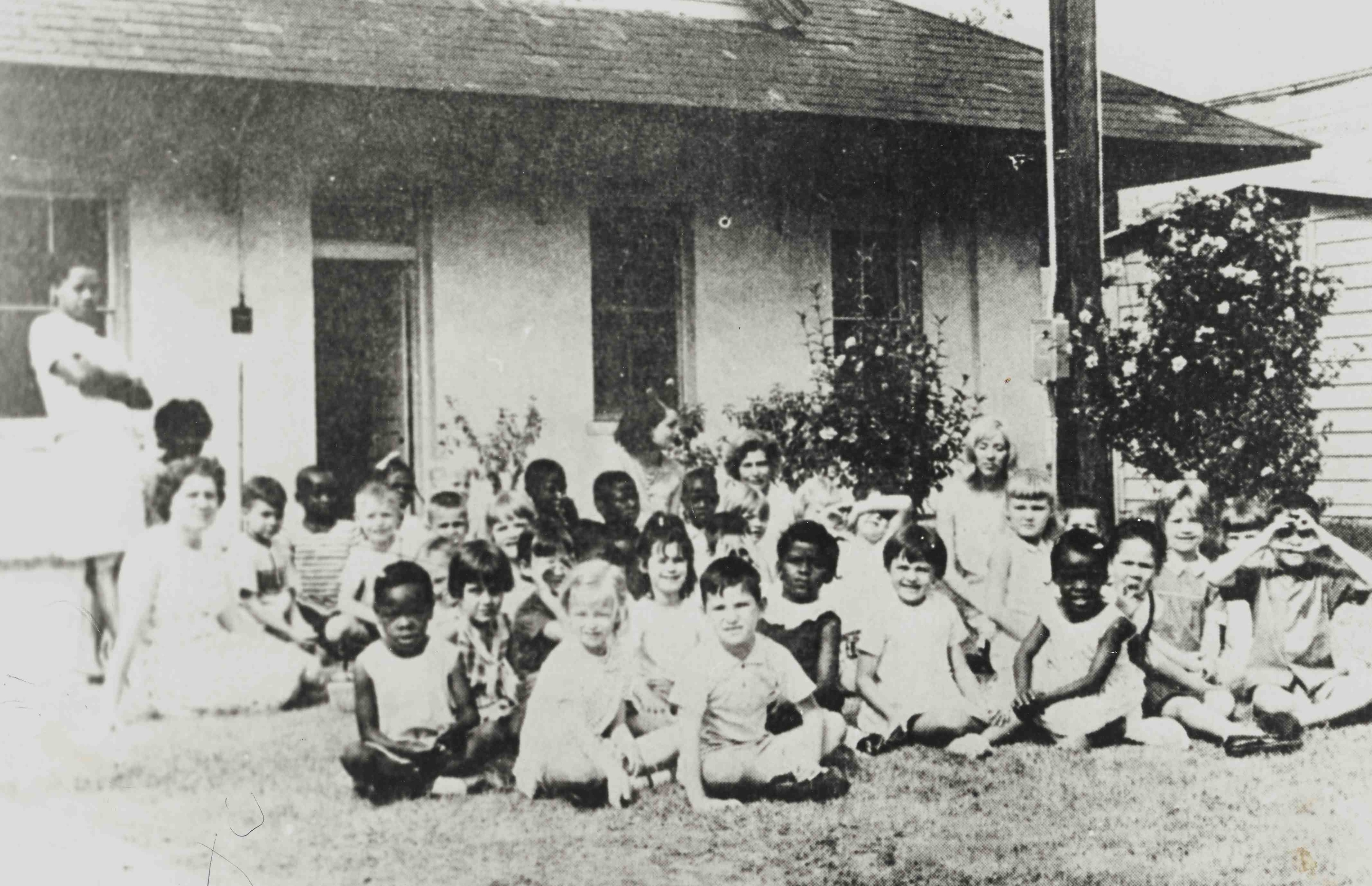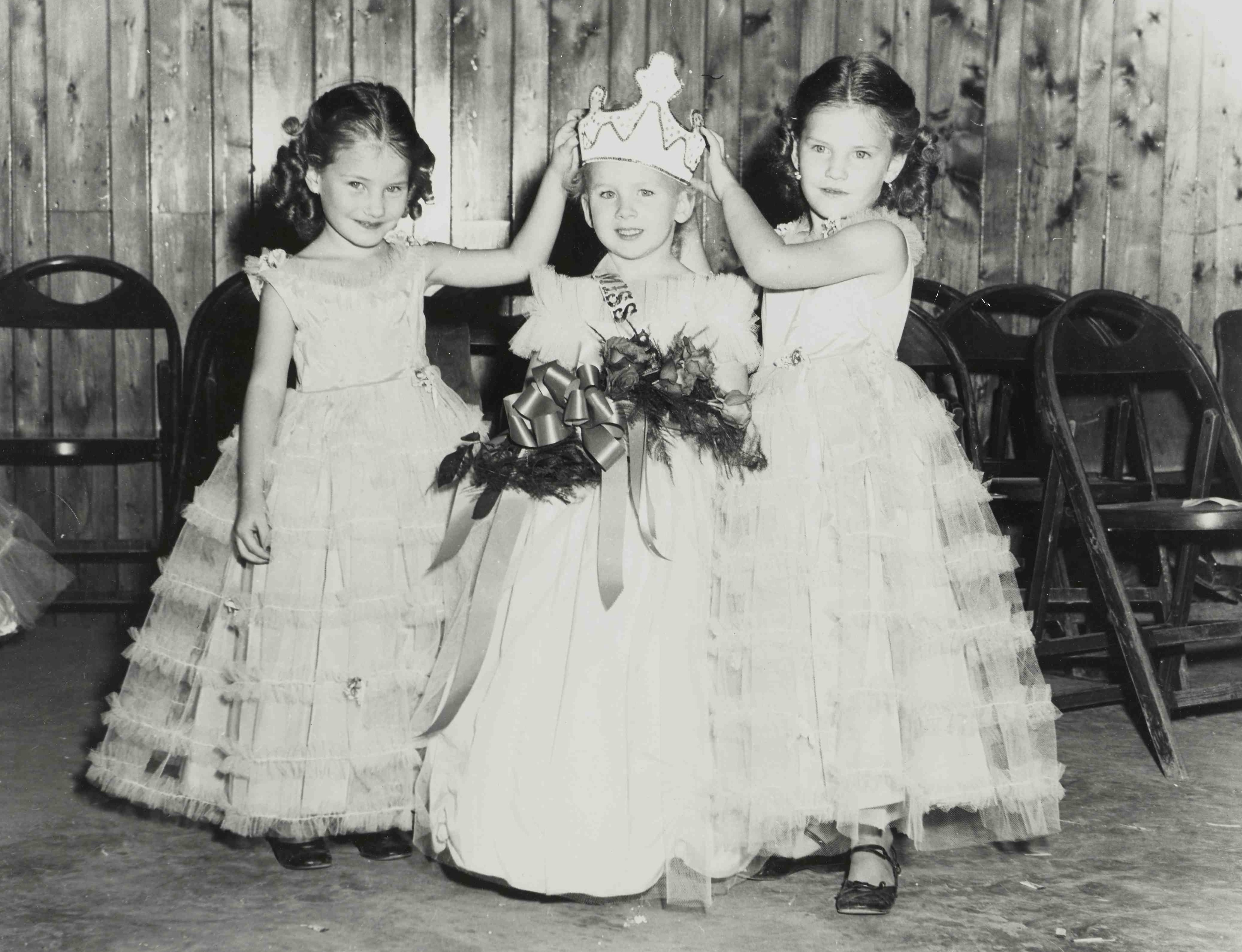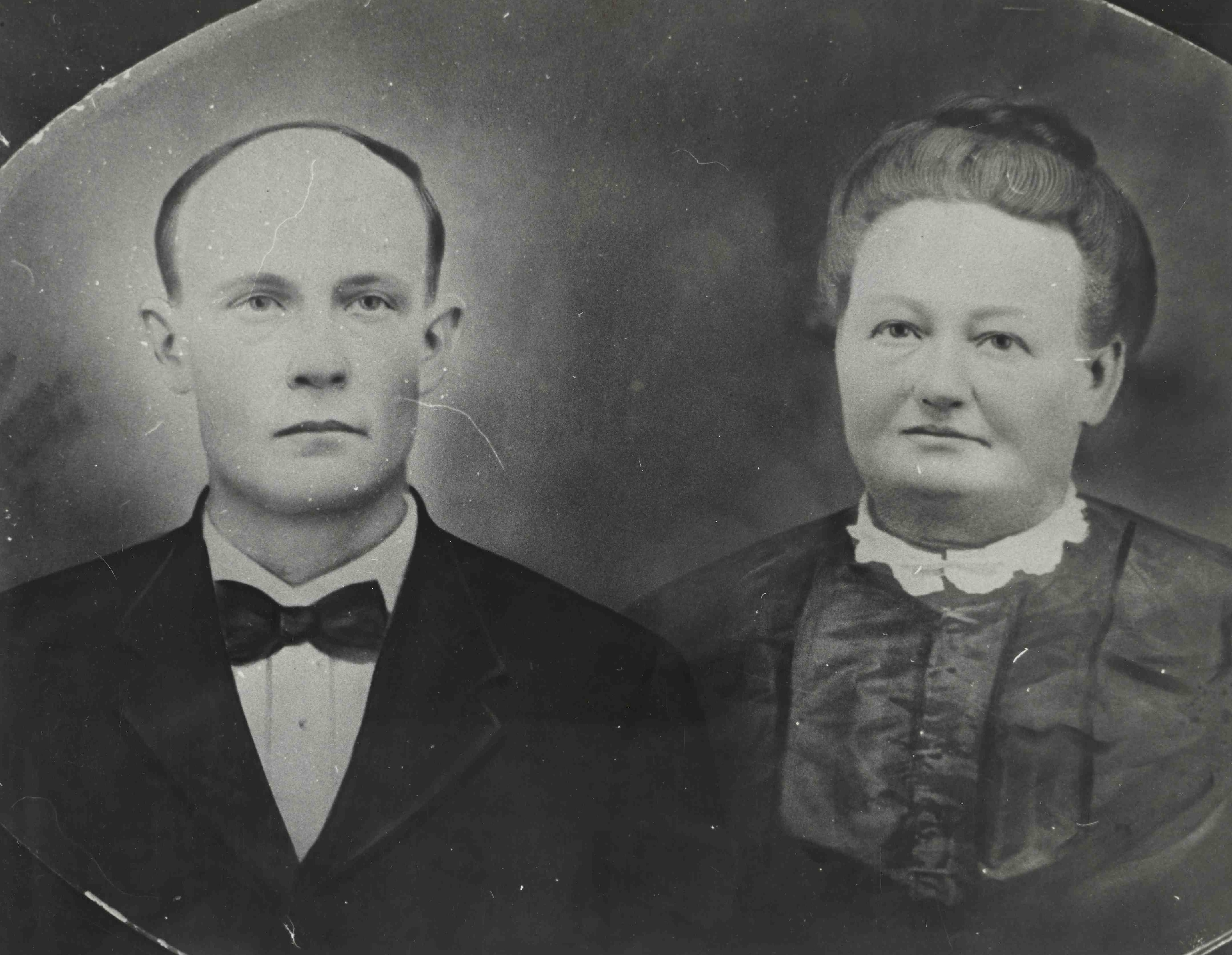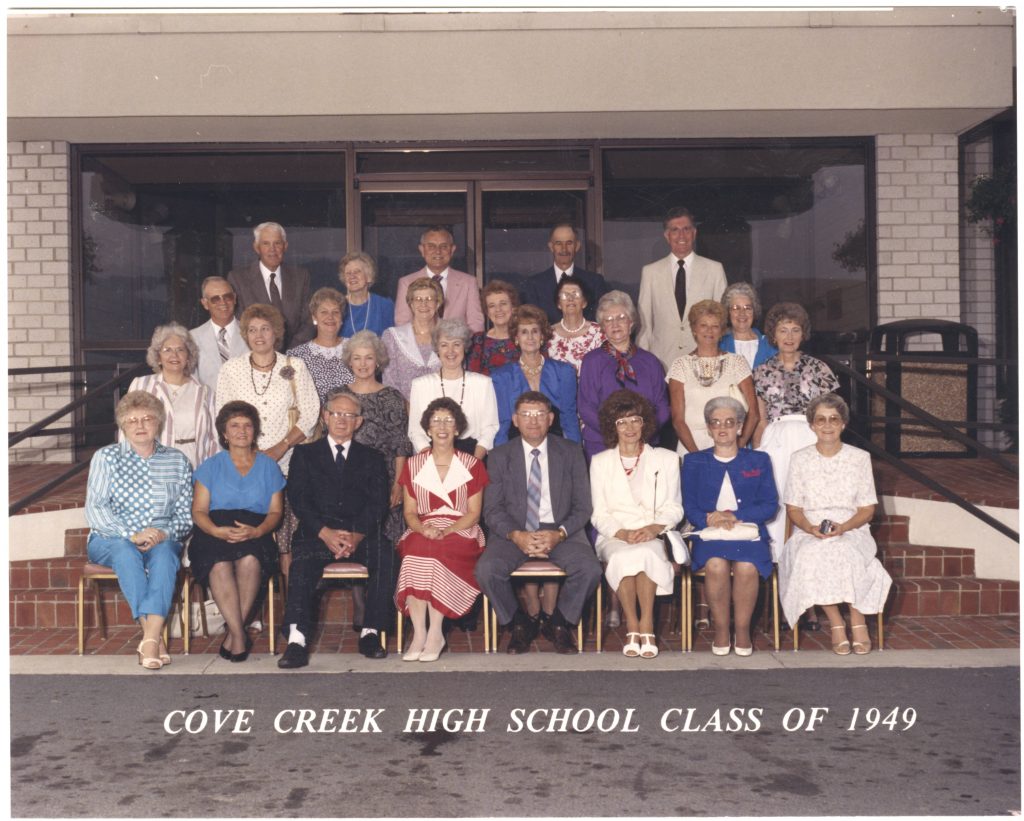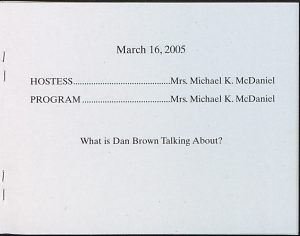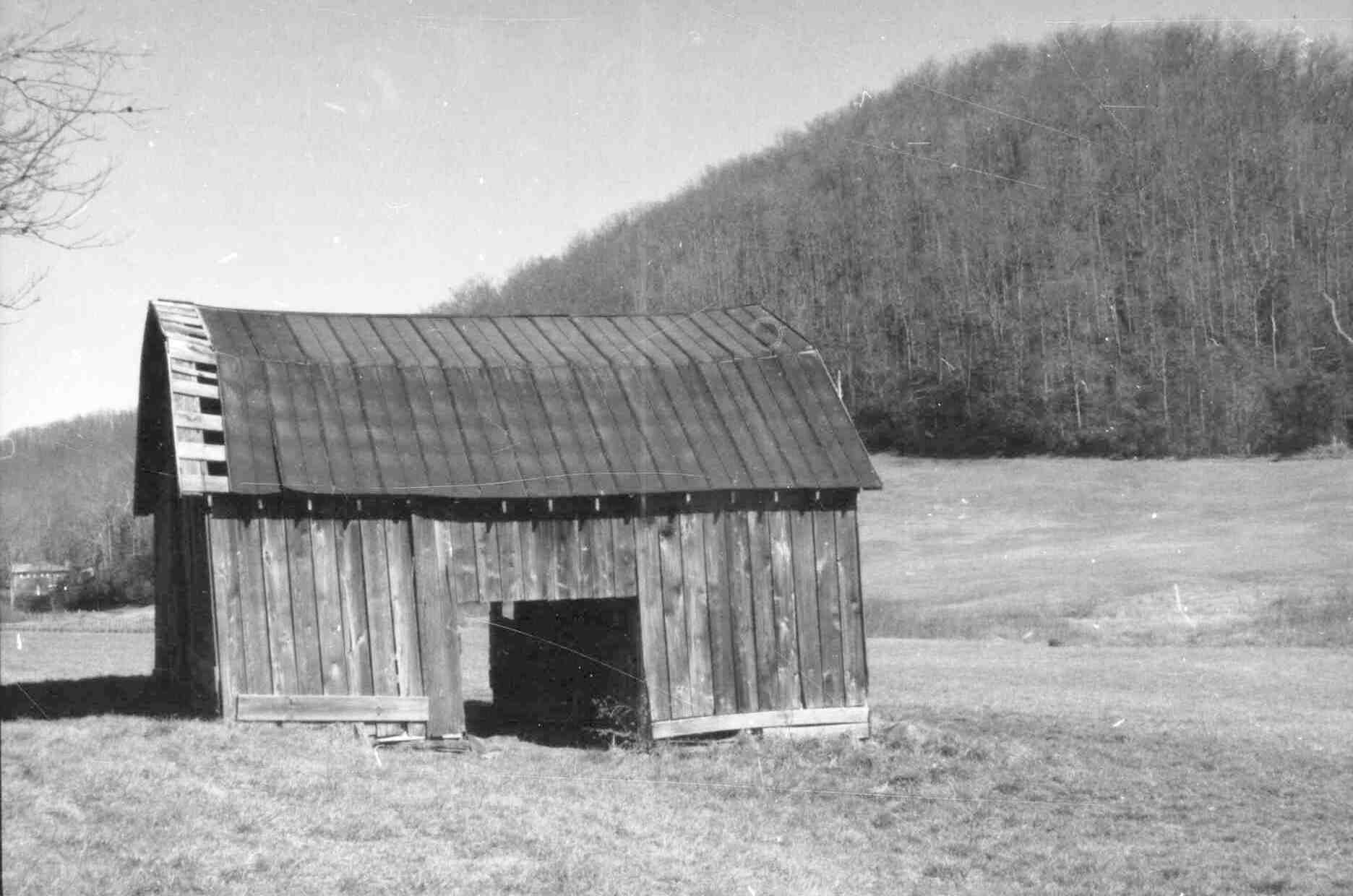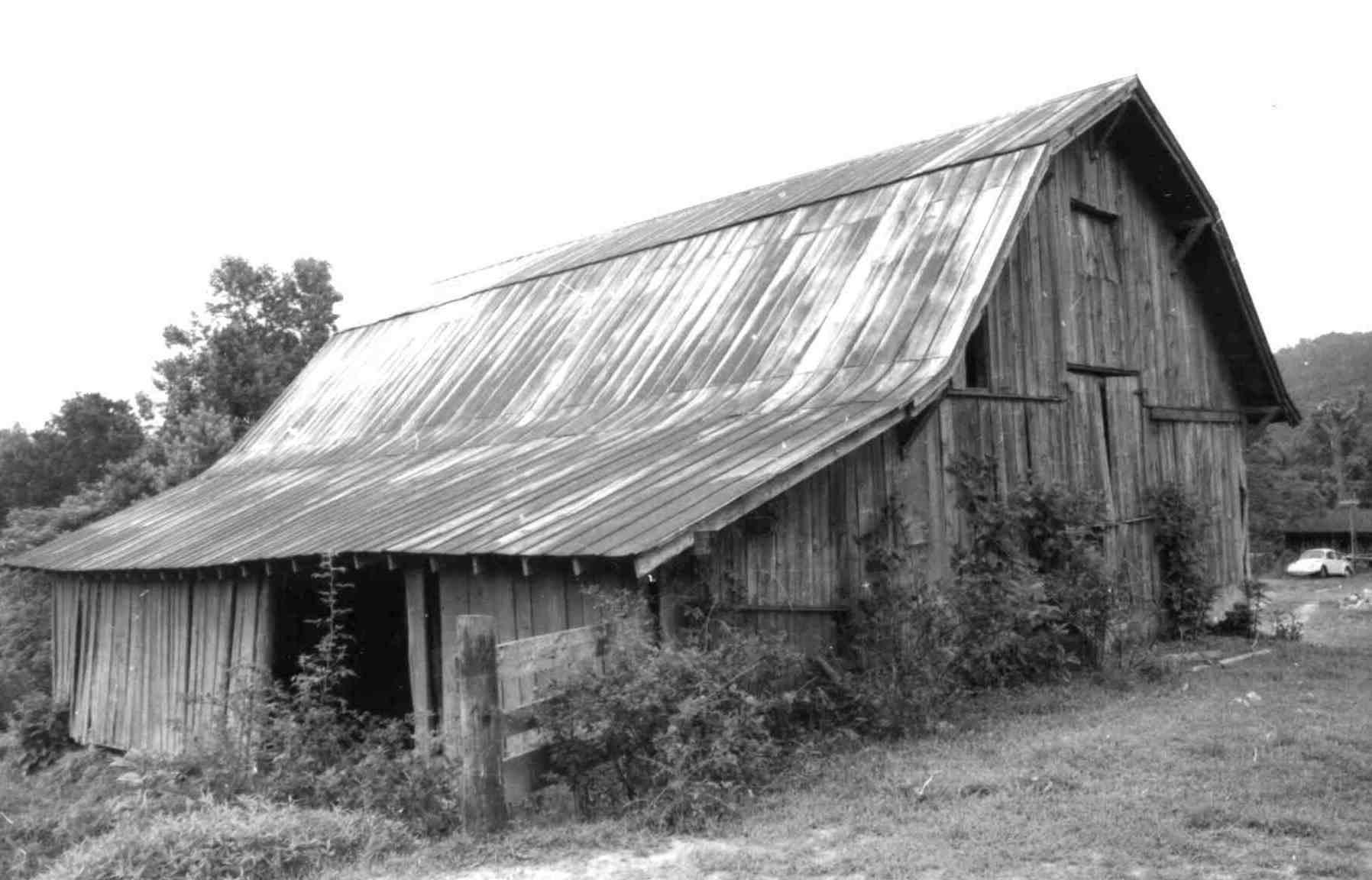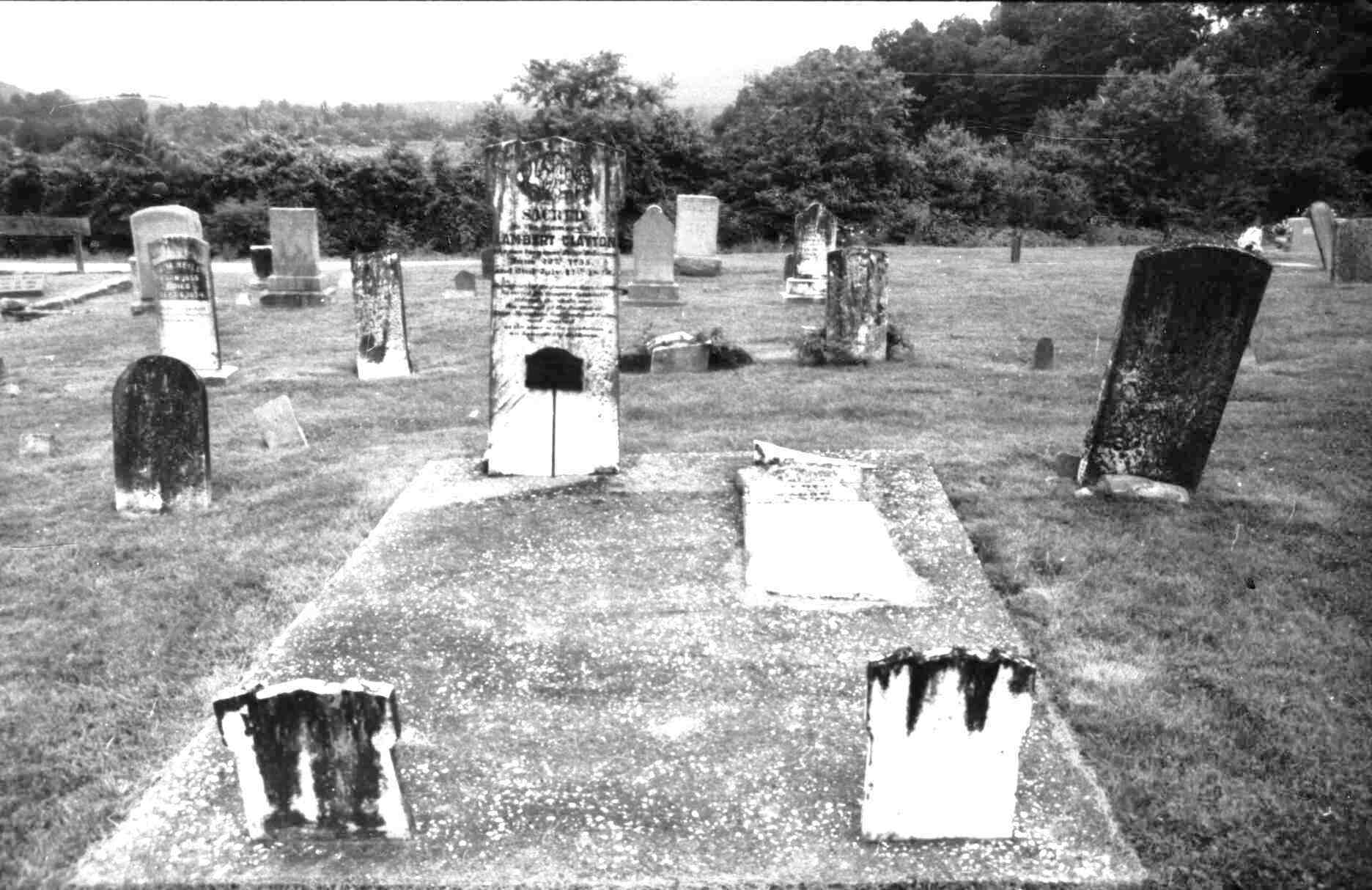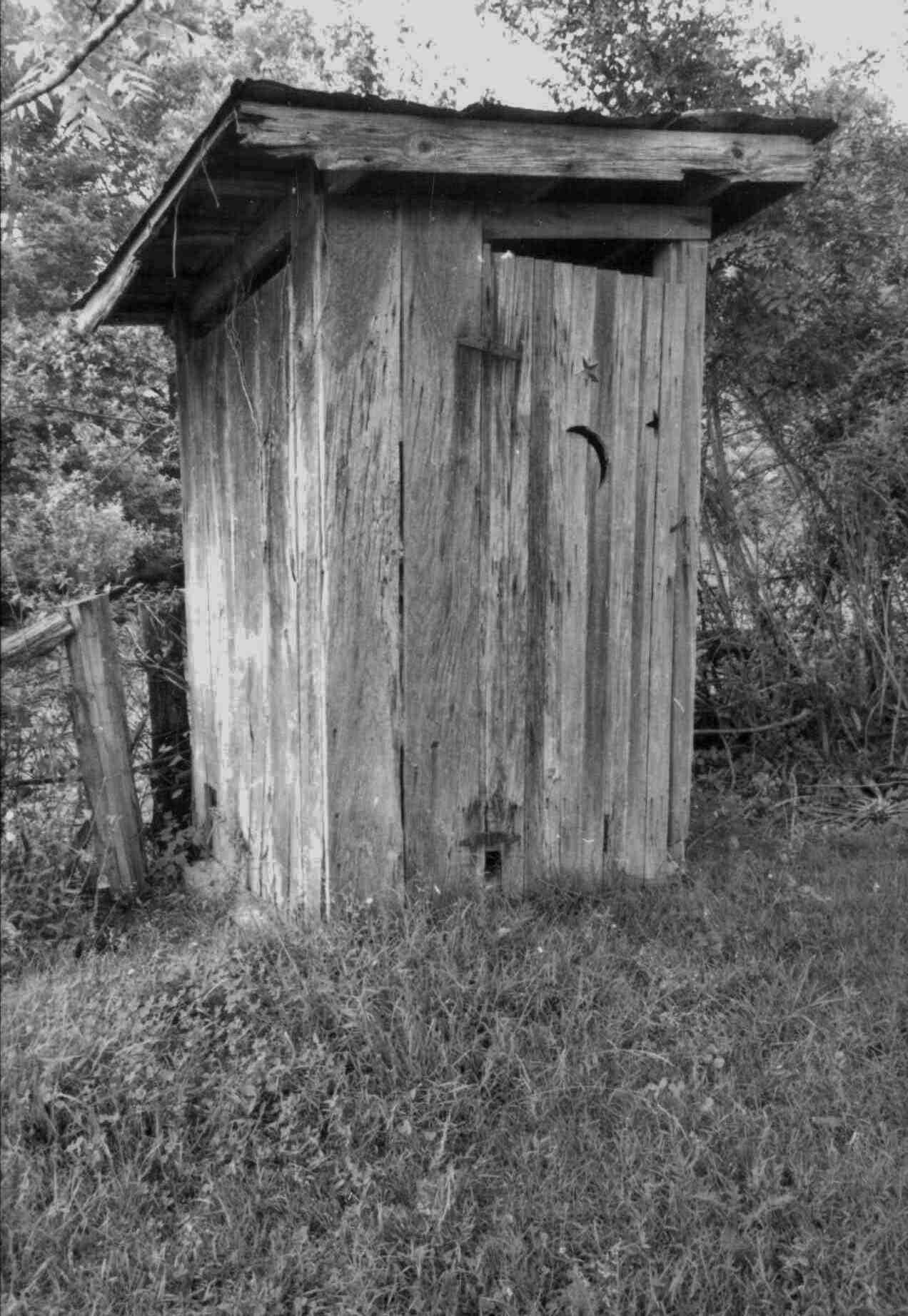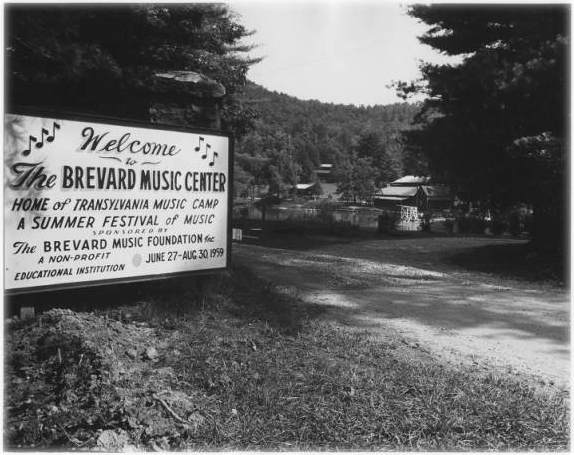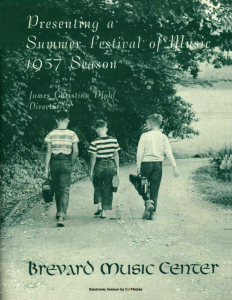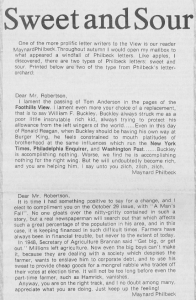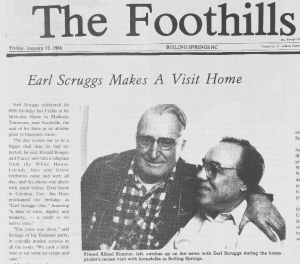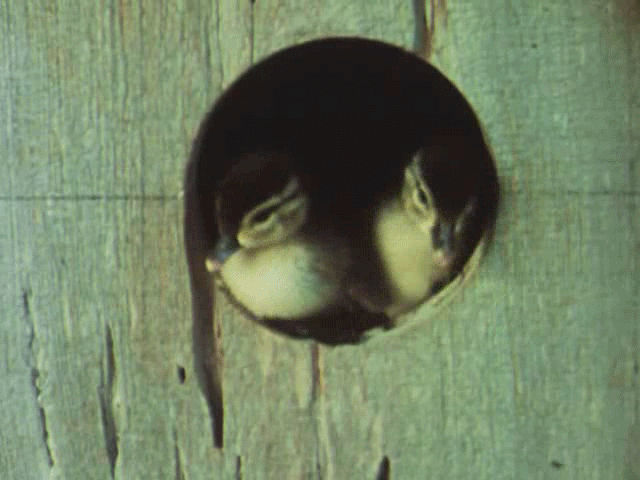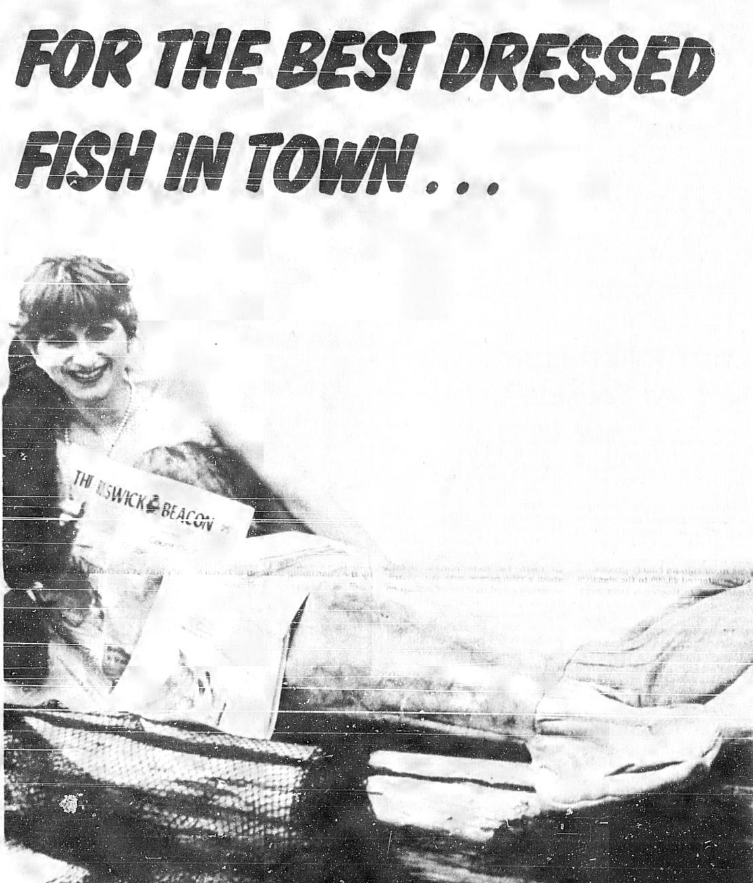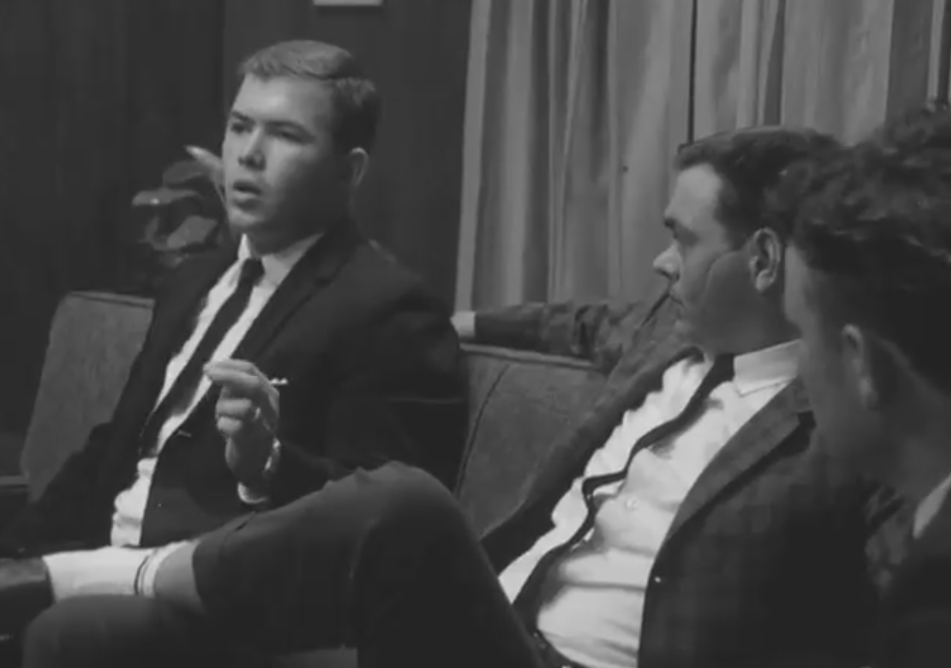
A film still from “Why We Kill.”
Over time, we have worked with the State Archives of North Carolina, Charlotte-Mecklenburg Library, and UNC-Chapel Hill to digitize a number of North Carolina Film Board films. Created by Gov. Terry Sanford, the Film Board operated for a short time during the 1960s and produced films of statewide significance. Many of the films dealt with the changing nature of the state at that time, discussing social equality, poverty, demographics, environmental concerns, and more.
Recently, we added several more films, held by UNC-Chapel Hill’s North Carolina Collection, and listed below. DigitalNC now hosts 14 of the 19 films created by the Film Board.*
This last film, Why We Kill, is and will likely remain one of the most riveting items in our collection. During this film, actor Chris Connelly, himself guilty of multiple driving infractions, sits down with five North Carolinians who caused fatalities or have had multiple run-ins with the law while speeding and/or driving under the influence of alcohol. It’s a frank discussion that is alternatively saddening and mystifying, as various levels of remorse come through. While watching, there are moments during which it’s striking how driving habits and social trends have changed over time, especially when the men discuss how much alcohol contributes to impairment. Connelly’s questions try to tease out the drivers’ ideas about decreasing accidents and discouraging dangerous driving.
This version of Why We Kill isn’t precisely the final version that was released. It was created by merging an audio track from UNC-Chapel Hill with visuals digitized from films at the State Archives of North Carolina. This is a great example of how local collections can complement each other, working together for a more complete picture of North Carolina’s history.
We’ll be posting several more blog posts in the coming weeks which will introduce the other films from our partners now viewable on DigitalNC.
*The remaining films are: Land of Beginnings; Minority Report: Vote and the Choice is Yours; Minority Report: We’re Not Alone; Nine Months To Go; The Outer Banks (possibly lost)
